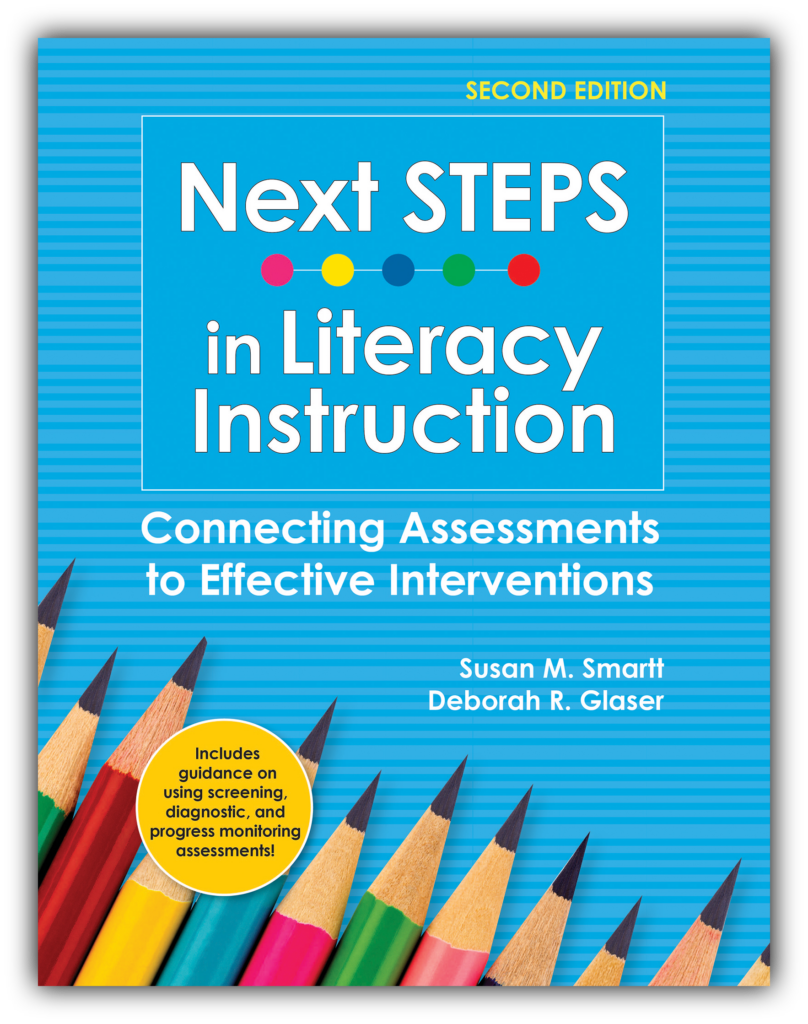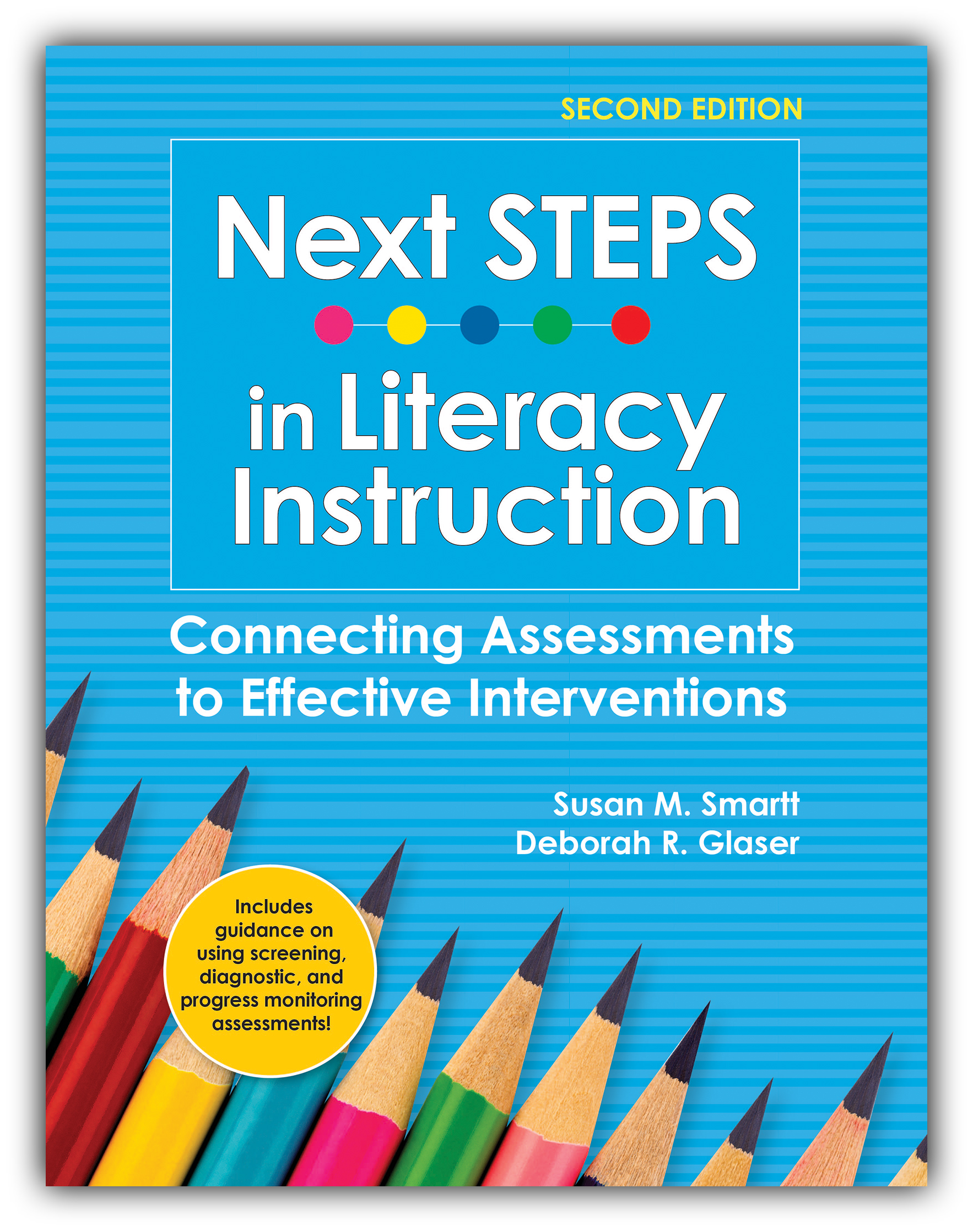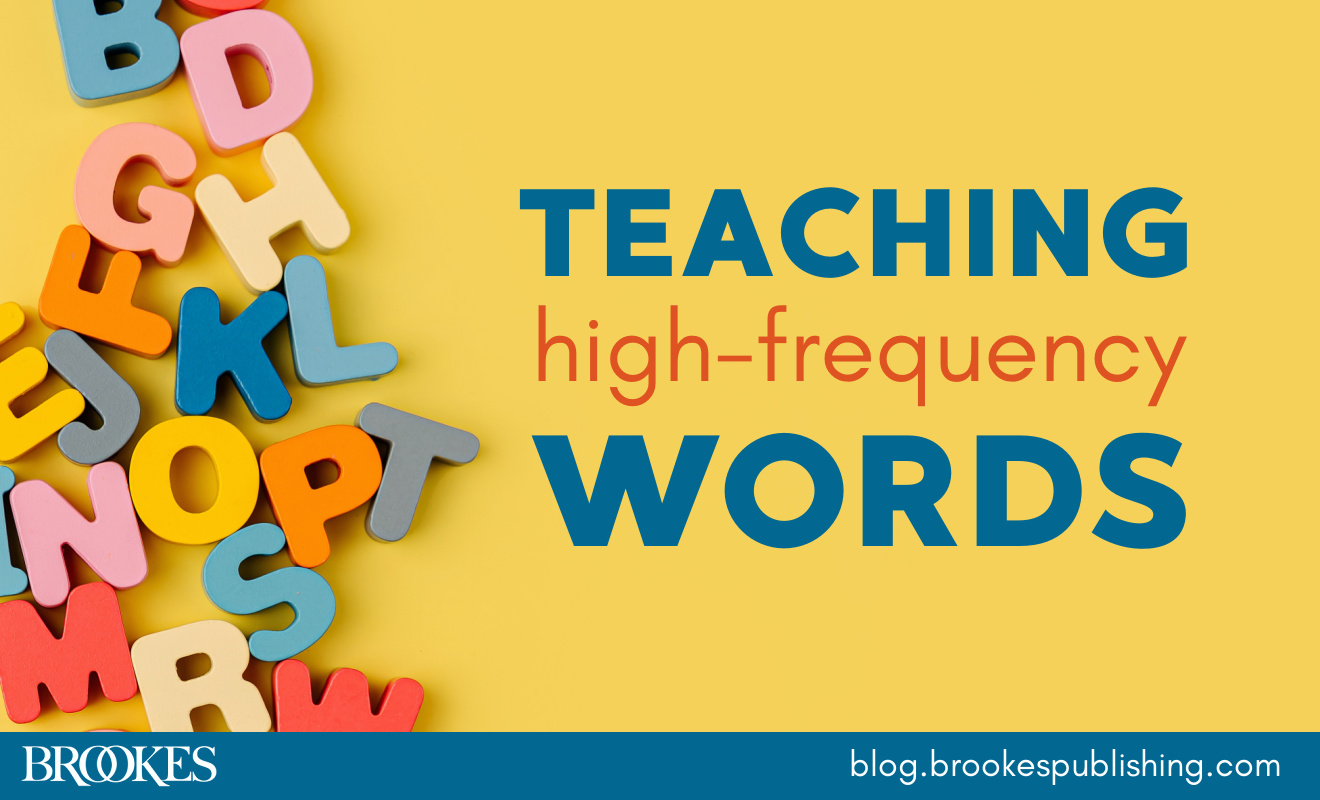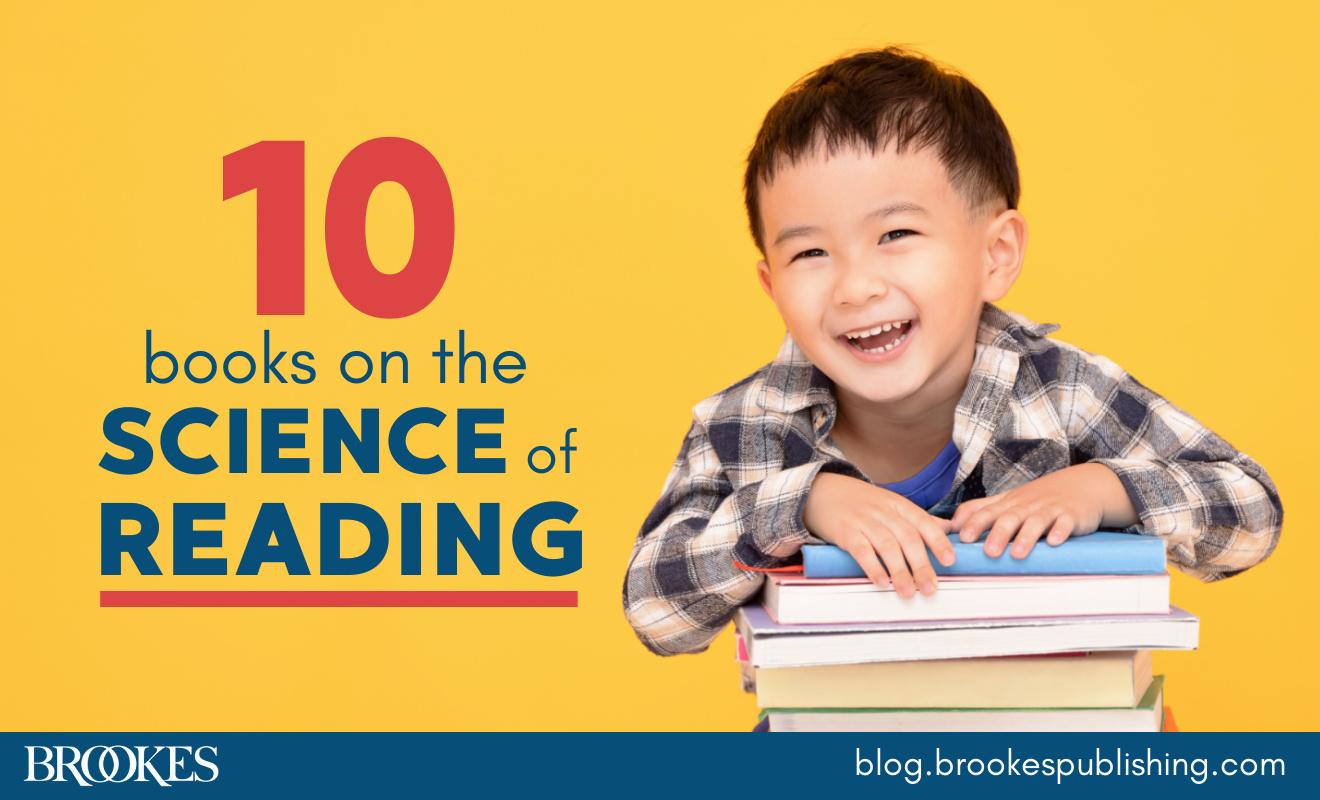5 Ideas for Enhancing Comprehension During Small-Group Instruction
October 10, 2024
 Today’s post is excerpted and adapted from Smartt & Glaser’s Next STEPS in Literacy Instruction, Second Edition.
Today’s post is excerpted and adapted from Smartt & Glaser’s Next STEPS in Literacy Instruction, Second Edition.
Comprehension is the goal of reading. Reading comprehension, the act of deriving meaning from text, is a complex task involving multiple processes from both the language and word recognition domains. These processes come together to assist the reader with the formation of a mental model, or a product—the enduring understanding that results when meaning is accessed.
Comprehension is an active process that requires:
- Decoding
- Instant word recognition
- Vocabulary knowledge
- Background knowledge
- Synthesis of ideas across sentences and an understanding of how sentences work
- Connecting ideas
- The ability to make inferences (verbal reasoning) and integrate information (organize information) as it is being read
Our role as teachers is to determine where the breakdown occurs for our struggling readers (e.g., decoding, word recognition, making inferences). Once we identify the area(s) of weakness, then we are in a better position to plan effective, instructional small-group lessons.
Decoding is commonly the focus of instruction in small intervention groups. That often leaves very little or no time for reading comprehension instruction, even though these students may likely need direct instruction in comprehension as well. How can you include reading comprehension during small group? What can you do effectively within a 30-minute time frame? Here are some ideas to help teachers attend to language and comprehension during small-group instruction while retaining decoding as the dominant focus of instruction:
Oral Language: Model the use of the lesson’s decoding words in sentences that tell about the text students are also reading. For example, if the students are learning CCVC pattern words and the word stop is in the story, say, “The car will STOP at the light.”
Oral Language and Sentence Composition: Direct students to use the lesson’s decodable words in sentences, expanding the sentences to use seven or more words. For example, if one of the phonics words is hot and a student says, “The sun was hot,” you could ask, “When was the sun HOT?” Using information from the story, the student might reply with a more comprehensive sentence: “The sun was hot when the boy played soccer.”
Written Language and Sentence Composition: Ask students to write the sentences that they compose orally as discussed in #2 above.
Reading Comprehension and Inferences: Decodable stories serve the very important purpose of repetition toward the development of automatic word recognition. Decodables are an important aid in the development of quick accurate decoding and sight recognition. Although comprehension is not the main focus with these texts, there are simple inference questions you can ask at the end of the story to engage students in a brief oral exercise. Ask, “Was the character happy in this story?” After the student answers this question, follow up with, “How do you know?” Direct students to write an answer to the inference question using a sentence frame: “I think the boy was happy because ________.”
Listening Comprehension: Choose a reading selection from general classroom reading material. (This might be material that students will be asked to read in a whole-group lesson that is coming up.) Read a short section to students to build listening comprehension. Prepare students for the reading by asking them to listen and be able to tell you about a certain part of the story: “Listen and be ready to tell me what makes birds unique from all other animals.” Or prepare students by saying, “Listen to find the answer to this question,” and ask an open-ended question that begins with “why” or “how.” After reading the selection, return to the target question or purpose set for the reading and engage students in conversation about the reading.
These simple language-focused tasks are directly related to reading comprehension. Language abilities are highly correlated with reading comprehension, and simple efforts like these can help you strengthen both in your students.
For more guidance on planning instruction and intervention for all the big ideas of literacy, check out the book behind today’s post:





Write a Comment
Your email address will not be published. Required fields are marked *
Post a Comment